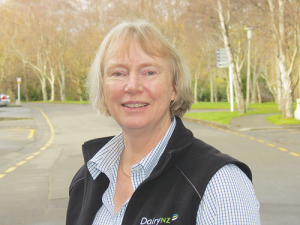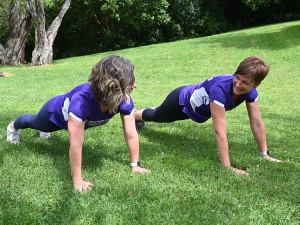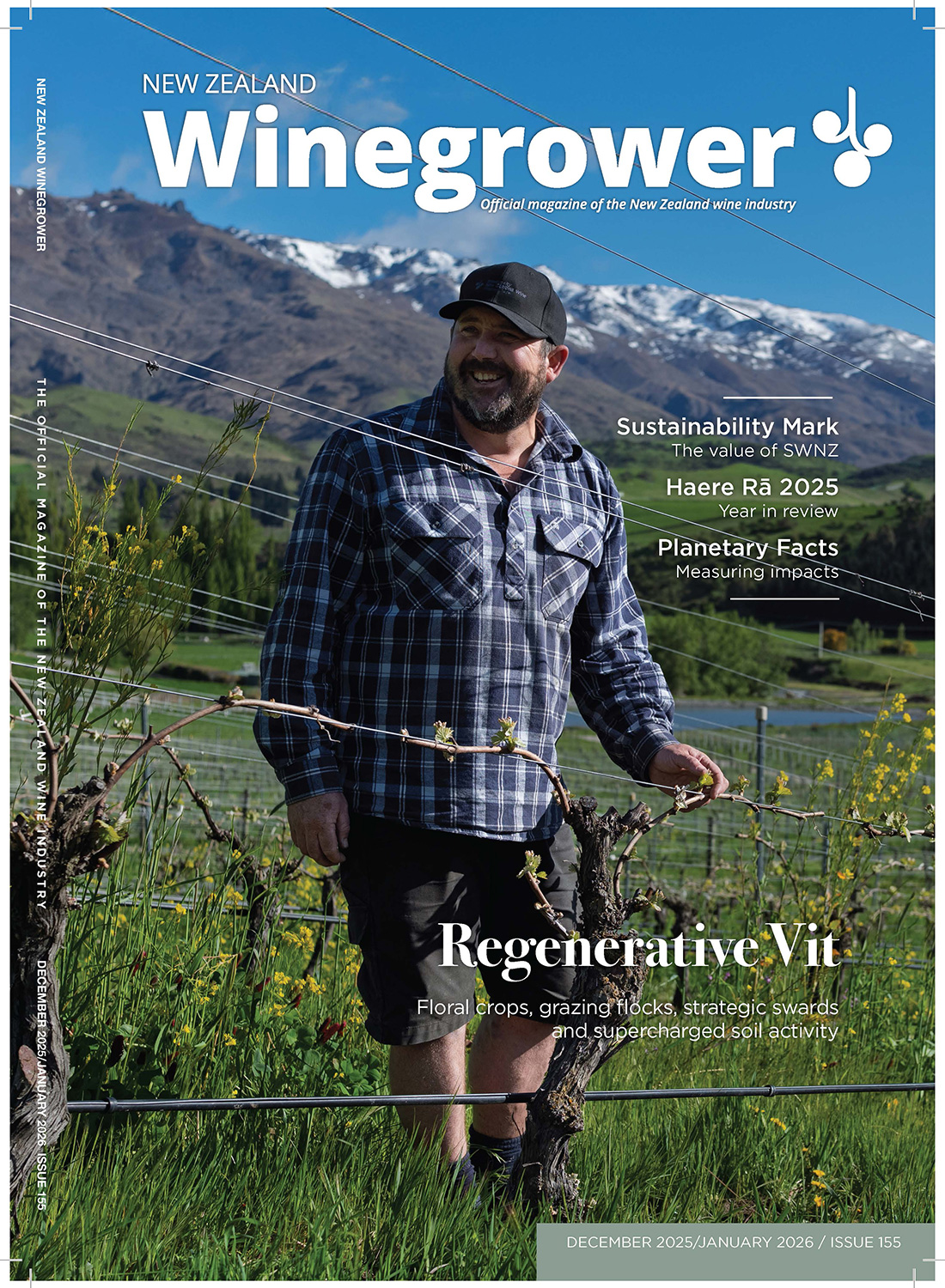DairyNZ veterinary technical policy advisor Nita Harding says normally not too many cows need to be slaughtered on dairy farms.
Her statement comes following Farmwatch releasing photographs of hundreds of cow carcasses in a gully on a Northland farm.
Farmers would be expected to monitor the health of their animals and attend to their needs in a timely manner, she says. But some may need to be put down, such as the injured and those not acceptable to a meat processor.
Clear regulations govern the humane slaughter of stock on farms and these are on the websites of DairyNZ and MPI.
“We have also produced guidelines for humane onfarm slaughter and these are on our website. They tell a bit more of ‘how’ to meet the requirements which can be useful for farmers working through procedures onfarm.
“We also have a template for farmers to fill in about who has been trained, what method should be used and contact numbers of veterinarians for people who want more information.”
Harding says three procedures are recommended for slaughtering cows: first, a captive-bolt firearm followed by a secondary method such as bleeding or pithing; second, using a normal firearm is also permissible followed by bleeding the animal out; third, employ a veterinarian to either euthanise the animal with drugs or kill it with a captive bolt firearm.
She says farmers are generally well aware of their animal welfare responsibilities and requirements. Some dairy companies help farmers in this and in all cases the appropriate treatment of animals forms part of their supply agreement with the company.
“We encourage farmers with questions about onfarm slaughter to talk to their veterinarian or look at the DairyNZ website.
“The main goal is for farmers to treat animals in a proper and timely manner so that they recover and return to the herd.”


















